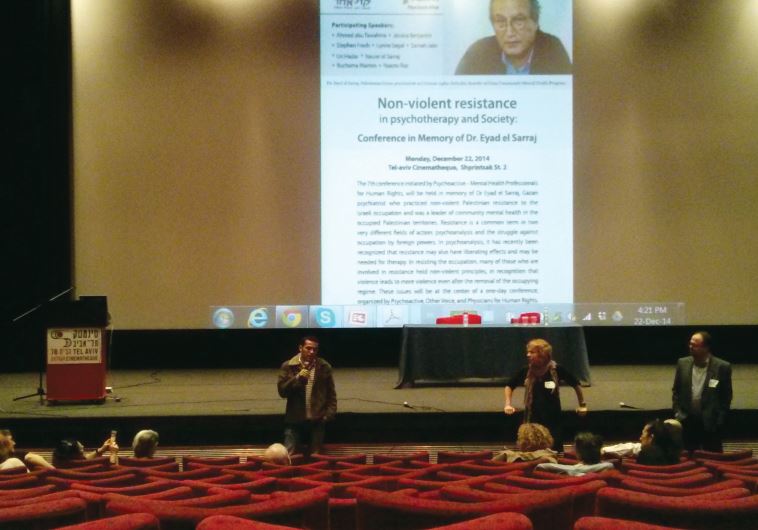On the brink of change: The risks of being a Gazan peace activist
Meet Israelis and Gazans who, seeking coexistence, refuse to lose hope or remain silent but listen to the other voice.
 Rami Aman is a Gazan journalist and political activist. (Below) Speaking at a peace conference in Tel Aviv.
Rami Aman is a Gazan journalist and political activist. (Below) Speaking at a peace conference in Tel Aviv.